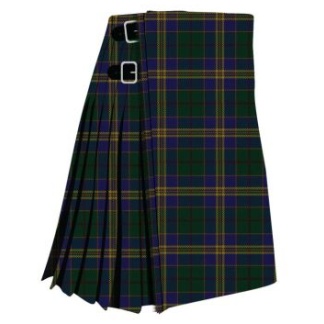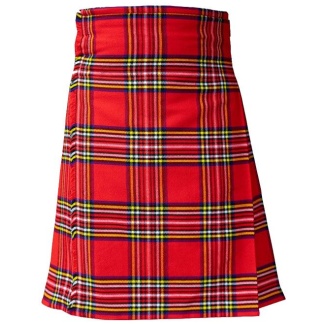County Donegal Tartan Kilt
$199.00
The County Donegal Tartan Kilt is a traditional Scottish kilt made from a tartan pattern associated with County Donegal in Ireland. This tartan pattern has historical and cultural significance, but it’s essential to clarify that County Donegal is located in Ireland, not Scotland. Nevertheless, tartan kilts are a well-known part of Irish and Celtic heritage, as well as Scottish.
The County Donegal Tartan Kilt likely draws inspiration from the rich Celtic and Irish traditions. The County Donegal area is known for its natural beauty, rugged landscapes, and a history deeply rooted in Celtic culture. The tartan pattern reflects these elements, typically featuring colors and designs associated with the region. These can include earthy tones like various shades of green, brown, and gray, often with lighter highlights or accents.
The history of the County Donegal Tartan Kilt is closely linked to the broader history of tartans and kilts in Celtic and Irish culture. Kilts have a long history and have been worn in various forms throughout Scotland and Ireland. However, it’s important to note that the modern kilt, as we know it today, with its specific pleating and tartan patterns, emerged in the 18th and 19th centuries.
The exact origin of the County Donegal Tartan may not be as well-documented as many Scottish tartans. Irish tartans, including the County Donegal Tartan, have seen a resurgence in popularity and recognition in recent years as part of the broader revival of Celtic and Irish heritage.






